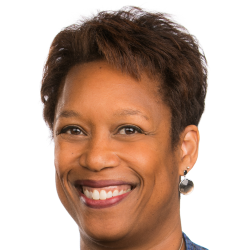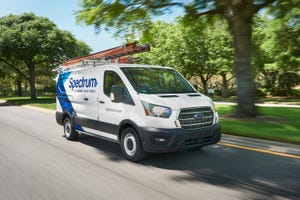Bringing NFV Into the Data Center
A new Heavy Reading report examines why NFV, SDN and cloud are so important to CSPs, and explores their impact on data center infrastructure.

Communications service providers (CSPs) are in the process of transforming the infrastructure they use to deliver services. They are looking to both lower their capex and opex and increase revenues. At the same time, they need to operate more nimbly to better compete against over-the-top (OTT) and web-scale players.
Their solution is to deploy network functions virtualization (NFV) in order to shift from dedicated platforms to commercial off-the-shelf (COTS) hardware that will support virtualized network functions (VNFs). This approach will allow CSPs to automate many of their processes, including service creation and delivery. Software-defined networking (SDN) is the key to ensuring that the benefits of virtualization are realized, by automating connectivity for VNFs.
Many CSPs are also deploying cloud technologies to enable dynamic resource allocation and pooling, to further optimize their infrastructure utilization and operate more agilely. While not all will offer public cloud services, CSPs expect many VNFs to ultimately be "cloudified," and will also use these platforms to support private cloud and internal IT workloads.
In my new report, "Transforming Data Center Infrastructure for NFV, SDN & Cloud," I explore why NFV, SDN and cloud are so important to CSPs, and the impact each is having on data center infrastructure. The report discusses the architectural considerations CSPs must make, including leveraging open source, whether to use a centralized or distributed architecture, and how to scale virtualized resources. It also highlights the strategies being followed by six leading vendors to support telcos' need for performance, availability and scalability in the NFV infrastructure (NFVi).
Infrastructure that had been designed to support general IT workloads must address new requirements. CSPs are looking to achieve similar levels of performance in a virtualized environment as they have in the physical world. The move to the cloud also creates the need to support multi-tenancy. The infrastructure will need to provide varying levels of latency, throughput and resiliency to support a wide range of applications and workloads. New approaches to networking, including overlays, may be needed to ensure that applications can get the connectivity they require in a flexible and automated manner.
CSPs are considering numerous architectural issues as they transform their data center infrastructure to support these new technologies. Open source has long been used in the IT domain, and is beginning to impact the telecom domain. Many open source projects, including the Open Platform for NFV (OPNFV), are working to deliver carrier-grade solutions for telecom environments.
Disaggregation is a hugely disruptive trend with the potential to dramatically change data center architectures and the supplier landscape. The decision of whether to deploy a distributed or centralized architecture will depend mostly on the nature of the workload. Scale up or scale out is another important consideration that needs to be addressed, and will also depend on individual workload requirements.
While most telco hardware and software suppliers are participating in ecosystems to deliver an NFVi, a select few are offering an end-to-end, turnkey solution themselves. Traditional IT vendors tend to offer a broad portfolio of products to support different use cases, while newer entrants offer single solutions that can support multiple configurations. CSPs want to avoid vendor lock-in and choose elements from different vendors, but are also concerned about the integration challenge. Larger CSPs are likely to take a best-of-breed approach, while smaller ones will gravitate toward integrated solutions.
— Roz Roseboro, Senior Analyst, Heavy Reading
Read more about:
OmdiaAbout the Author(s)
You May Also Like




_International_Software_Products.jpeg?width=300&auto=webp&quality=80&disable=upscale)







